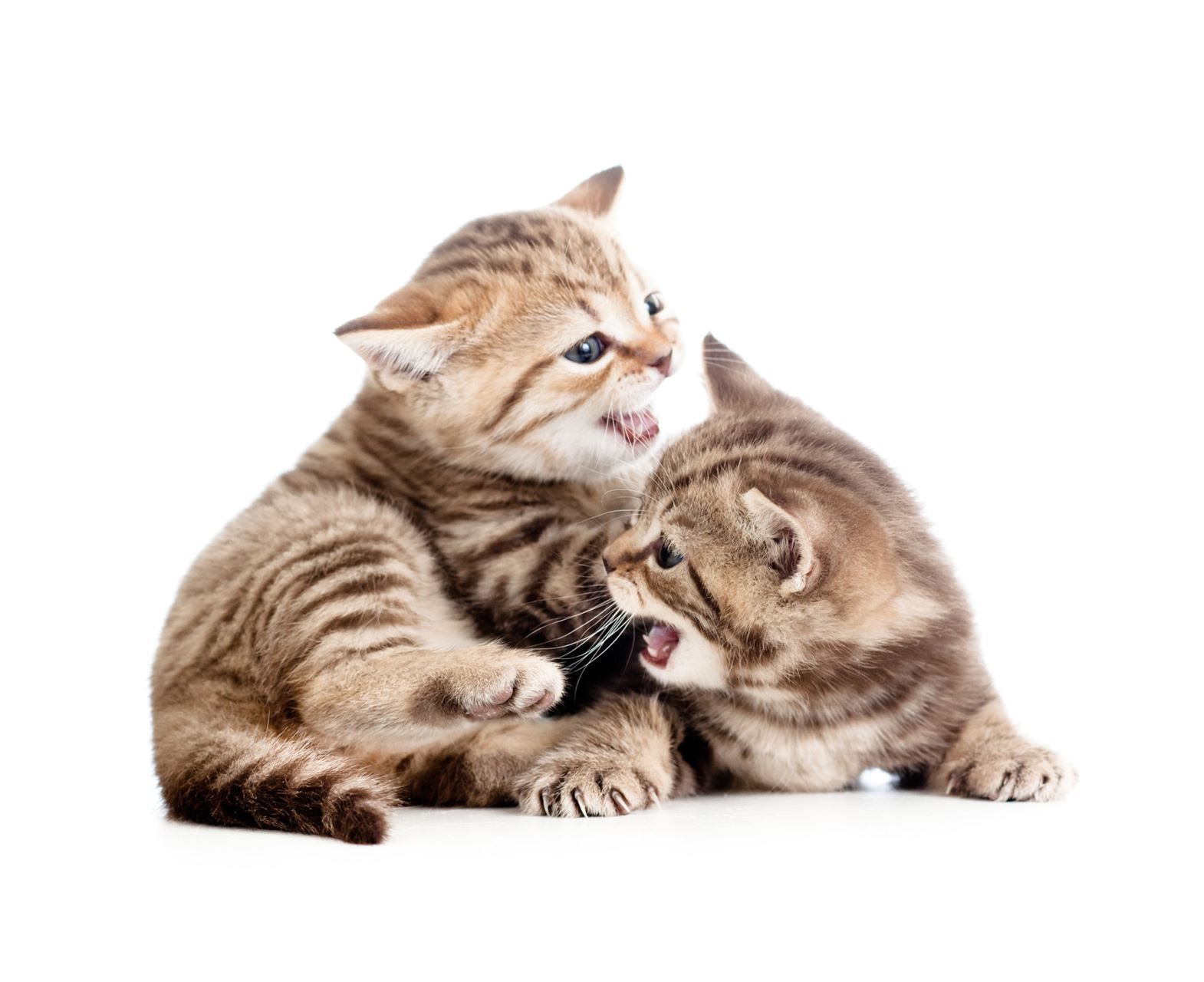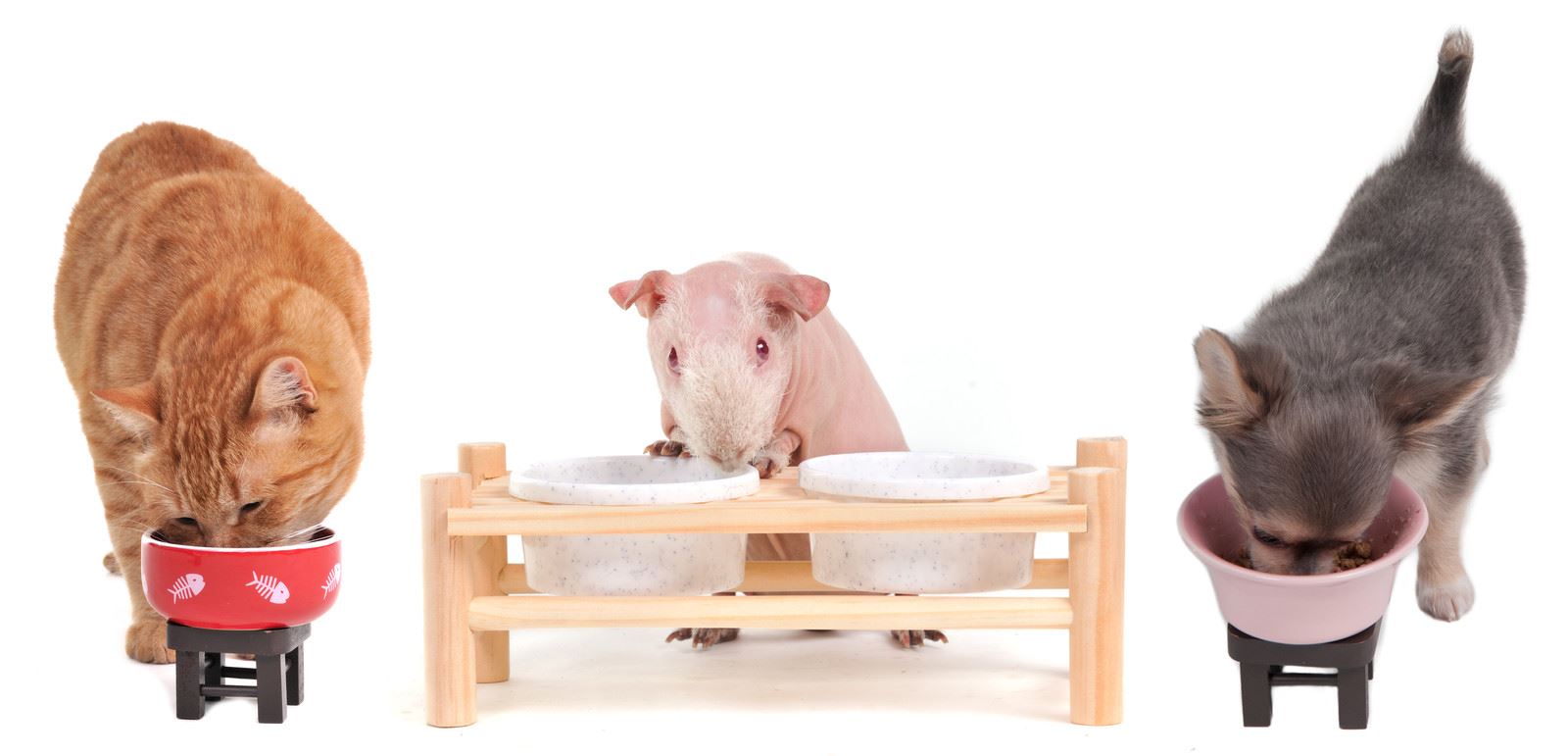- Home
- Divisional Committees
- Feline Division
- Feline Articles
- Cats are Number One
The cat is the most popular pet in the United States … and beyond. Based on results from the 2015-2016 National Pet Owners Survey, the American Pet Products Association estimates that, in the 79.7 million households with pets in the United States, there are about 85.8 million pet cats, versus only 77.8 million pet dogs. And a 2008 survey by the World Society of the Protection of Animals showed that cats outnumber dogs by 1 to 3 million in European households. So, what makes cats such great companions?
Cats have been associated with humans for a much shorter period of time than dogs. It is believed the domestication of cats began roughly 11,000 years ago with the rise of agriculture in the Middle East. The storage of grain attracted small rodents, which attracted opportunistic wildcats, and thus began a symbiotic relationship between the domestic cat’s wildcat ancestors and humans. The domestication of dogs began approximately 30,000 to 40,000 years ago, and since that time dogs have been bred and raised for specific jobs and purposes, whereas cats have not. It is often said that cats are “semi-domesticated” because they have undergone little selective breeding and are therefore still genetically very similar to their wildcat ancestors. One characteristic in particular that makes cats different from dogs and humans is that they are not truly a social species—cats are solitary hunters and do not need social contact with other cats to survive. Like their ancestors, cats are both predator and prey, and they are also territorial and tend to thrive in an environment that is predictable and gives them control. Although many cats enjoy living with other cats, and some even prefer to, cats have not evolved to possess a range of behaviors and facial expressions that helps them communicate and resolve social conflicts the way dogs and humans do. They express their intentions and emotions in ways we don’t easily understand. A lack of understanding of cats’ unique attributes and needs can lead to an array of behavior problems and welfare issues. Left unresolved, these challenges often result in the relinquishment, abandonment, and unnecessary euthanasia of cats. As behavior consultants, we all share the primary goal of doing everything we can to keep families’ beloved pets in their homes by solving behavior problems. Whether you work with dogs, birds, horses, or another species, chances are your clients also own a cat or two. The good news is that the Pet Professional Guild has members who are feline behavior specialists! These specialists have formed the PPG Cat Committee to help members who are interested in feline behavior add to their knowledge about this species that shares its life with so many people throughout the world. We’ll be providing webinars and educational information on many feline topics and encourage you to learn more about the fascinating feline! |

 If you share your home with a cat, you probably already know the answer. Cats are clean, quiet, independent, and self-sufficient. Often called “walking sculptures,” they are also agile, playful, and entertaining works of art. Cats are smart (and trainable!) and quite sociable, but they don’t demand constant attention—most cats are happy to just be near you. And as an added bonus, the cat’s purr has been shown to elevate mood, reduce stress, and lower blood pressure in humans. There’s no question—cats are great companions. But they are also frequently misunderstood, and misconceptions about them abound. Why? The explanation lies in their differences—specifically, how they are different from dogs (and humans).
If you share your home with a cat, you probably already know the answer. Cats are clean, quiet, independent, and self-sufficient. Often called “walking sculptures,” they are also agile, playful, and entertaining works of art. Cats are smart (and trainable!) and quite sociable, but they don’t demand constant attention—most cats are happy to just be near you. And as an added bonus, the cat’s purr has been shown to elevate mood, reduce stress, and lower blood pressure in humans. There’s no question—cats are great companions. But they are also frequently misunderstood, and misconceptions about them abound. Why? The explanation lies in their differences—specifically, how they are different from dogs (and humans).